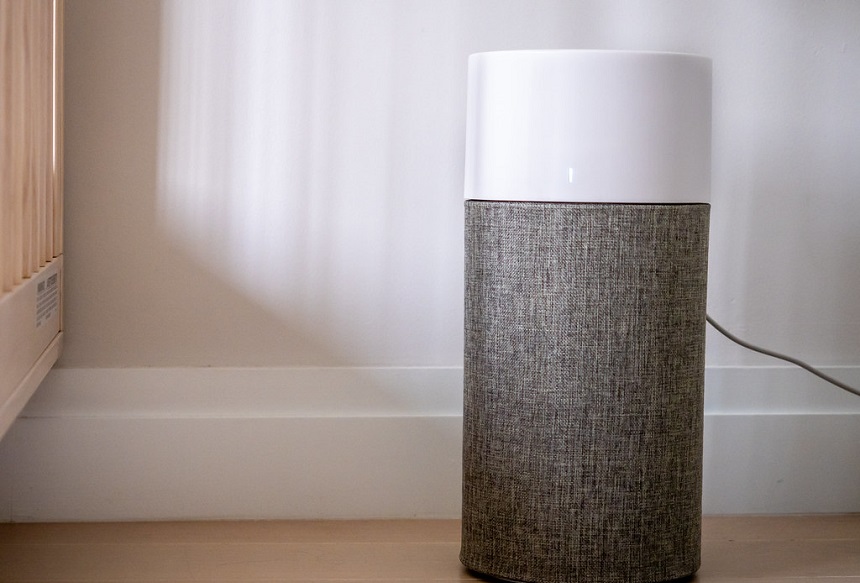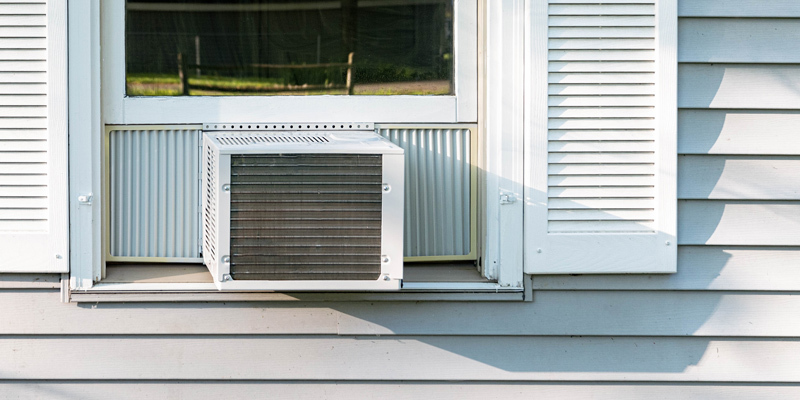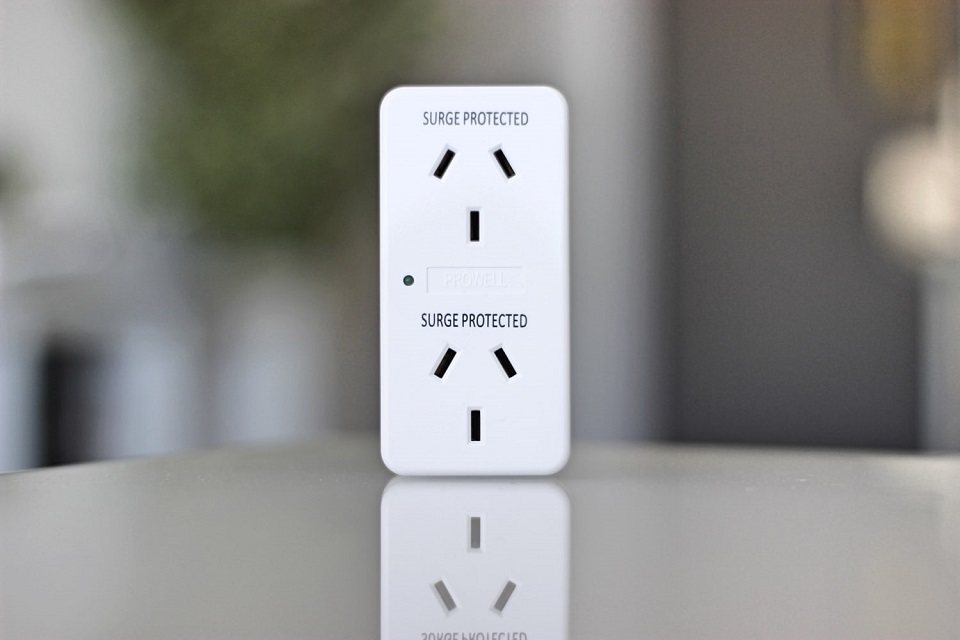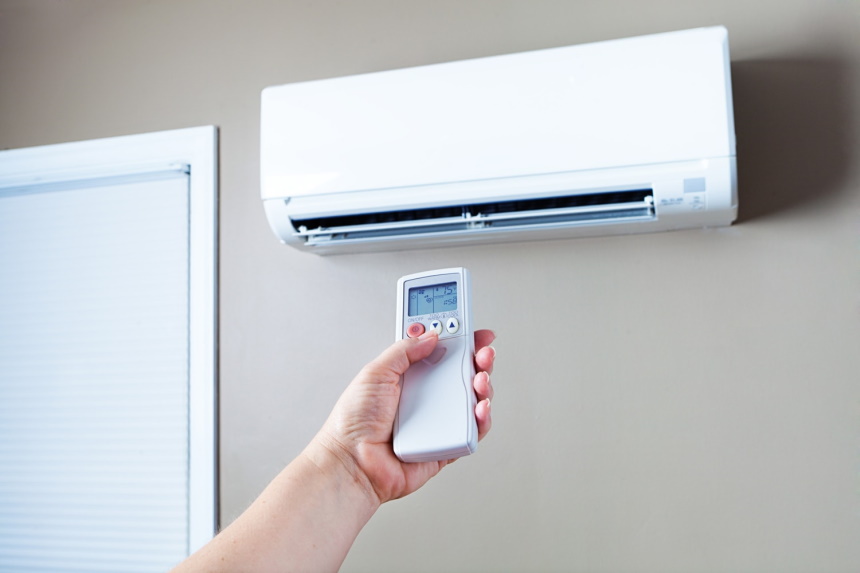

Mold spores could be the silent enemy lurking in your home, creating havoc with your health! Virtually impossible to see or feel, mold spores are microscopic fungal cells that float around in the air until they settle down in the right environment, creating colonies. While not always harmful, if allowed to grow into higher concentrations, mold spores can trigger allergies, sneezing, coughing, asthma, and other respiratory conditions. If you’re facing health problems associated with this microscopic fungus, you may be wondering how to get rid of mold spores in the air. Fortunately, there are ways of reducing the impact of mold in your home. While you can’t eradicate them completely, you can keep mold spores from turning into a bigger problem. We’re talking about how to keep your mold problem under control so that you and your family can live in a healthy and safe environment. It’s simpler than you expected!
Mold spores are always present in the air around you, no matter where you are. There are a variety of mold species, and they’re recognized by their fuzzy, slimy, or velvety appearance. Mold spores are tiny cells released from hyphae that resemble minuscule multicellular threads similar to a network of fine root hairs. Mold growth is sometimes referred to as mildew Trusted Source What is the difference between Mold and Mildew? | US EPA Molds include all species of microscopic fungi that grow in the form of multicellular filaments, called hyphae. Molds can thrive on any organic matter, including clothing, leather, paper, and the ceilings, walls and floors of homes with moisture management problems. www.epa.gov . Mold will happily establish itself on organic matter such as bread, clothing, the ceiling of your home, paper, and even leather. They thrive in homes with high moisture, developing colonies on walls and floors. In unventilated areas such as small bathrooms and basements, mold gives off a strong, musty odor. Eliminating mold spores from the air isn’t always possible, but you can prevent them from becoming a bigger problem by controlling moisture buildup Trusted Source Mold | US EPA Molds are part of the natural environment, and can be found everywhere, indoors and outdoors. Mold is not usually a problem, unless it begins growing indoors. The best way to control mold growth is to control moisture. www.epa.gov . Use the following simple methods for reducing mold spores in your home.
Some of the easiest ways to get rid of mold in the air are by using appliances such as air purifiers for asthma alleviation and other health issues. Improving indoor ventilation and reducing moisture in your home also helps to reduce mold growth.

Installing a smart air purifier allows you to track indoor air quality with advanced technology. These appliances can be operated from an app downloaded on your smartphone. How nifty is that?
Improving ventilation in your home with open windows and doors is another way of getting rid of dirty air contaminated with mold spores. Be sure to create a cross-draught by opening windows and doors opposite each other. You can also place a fan at an open window to help direct air out of the room to the outside. Switching on the HVAC is another way of improving indoor ventilation. Make sure the HEPA filters are cleaned regularly for optimal performance. Installing exhaust fans in confined spaces such as the kitchen, bathrooms, and laundry also helps to get reduce mold spores in the air.
Improving ventilation helps to maintain clean air in the home, but it doesn’t get rid of mold spores completely.
Controlling moisture in your home is vital if you want to limit mold growth. Checking your home for the following problems will help you to lower the concentration of mold spores inside:
Flooding after storms can also put your home at risk of a large concentration of mold growth if
prevention strategies
Trusted Source
Mold Prevention Strategies and Possible Health Effects in
the Aftermath of Hurricanes and Major Floods
Extensive water damage after major hurricanes and floods increases the likelihood of mold contamination in buildings. This report provides information on how to limit exposure to mold and how to identify and prevent mold-related health effects. Where uncertainties in scientific knowledge exist, practical applications designed to be protective of a person’s health are presented. Evidence is included about assessing exposure, clean-up and prevention, personal protective equipment, health effects, and public health strategies and recommendations. The recommendations assume that, in the aftermath of major hurricanes or floods, buildings wet for >48 hours will generally support visible and extensive mold growth and should be remediated, and excessive exposure to mold-contaminated materials can cause adverse health effects in susceptible persons regardless of the type of mold or the extent of contamination.
www.cdc.gov
aren’t put in place quickly. Serious health impacts can be avoided by drying out your home as soon as possible while cleaning clothing, toys, and other items that could become a host for fungal growth.
Mold spores are constantly present in the air and, for most people, harmless if in low concentrations. In most cases, mold spores cause mild irritation, sneezing, or coughing. However, if you’re sensitive to mold growth, the presence of spores can trigger serious health conditions such as asthma, especially if you’re continuously exposed to them.
Tiny fungal spores are the reproductive cells for all types of molds. They can only grow in the presence of water and moisture. Being lightweight, mold spores can float in both indoor and outdoor air. They enter your home through open windows and doors, ventilation units, and even on your clothing or pets. If there’s a mold infestation in your home, hundreds and thousands of little spores will be produced.
Mold spores remain airborne indefinitely, making it impossible to avoid them! They’re released into the air whenever disturbed during cleaning, dusting, or vacuuming carpets. While in the air, the spores are dormant, but as soon as they land on a wet spot, they’ll become noticeable as they grow into brown, green, or even pink fuzz or slime.
Bleach can kill mold growth on hard surfaces that are non-porous, such as your kitchen countertop. However, bleach won’t kill mold spores floating in the air. Using bleach to get rid of mold isn’t recommended for health reasons, especially when mixing with other cleaners Trusted Source Dangers of Mixing Bleach with Cleaners | Washington State Department of Health Don’t mix bleach with ammonia, acids, or other cleaners. Mixing bleach with common cleaning products can cause serious injuries. doh.wa.gov containing ammonia.
Using a special fogging machine to spray hydrogen peroxide can kill mold spores in the air. This useful product can get rid of mold growth on both porous and non-porous surfaces. It acts by breaking down the DNA and proteins of the fungus. It can be sourced from pharmacies and should be put into a spray bottle before spraying onto molds. Leave for 10 minutes and remove with a soft brush or rag.
Lysol is a disinfectant product that can kill viruses and bacteria as well as control mold and mildew. It doesn’t contain bleach, and its active ingredient is benzalkonium chloride, a type of cationic surfactant. Some Lysol products also include hydrogen peroxide. Lysol won’t get rid of mold spores in the air, but it can be used to control mold growth on surfaces such as countertops, floors, and walls.
If the thought of using chemical agents to get rid of mold spores worries you, consider a natural alternative such as vinegar. However, this product doesn’t eliminate mold spores from the air. Instead, it can be used to control mold growth and infestations on porous and non-porous surfaces.
High humidity levels in the home encourage the growth of mold. A dehumidifier won’t get rid of mold spores from the air, but it can help you control the growth of this fungus by keeping the indoor humidity level low. Installing a 70-pint dehumidifier in your home will help protect your furniture, clothing, and other possessions from mold infestation.
Protecting your home, its occupants, and its contents from mold spores are possible when using some of the simple tips mentioned in this article. The best approach is to install air purifiers but keeping good indoor ventilation also helps to keep mold under control. Preventing moisture buildup and lowering humidity levels is key to controlling the presence of mold. Knowing how to get rid of mold spores in the air is essential if you or anyone else in your household battles asthma and other respiratory conditions. Keeping mold under control will reduce unpleasant health effects, and implementing prevention strategies is the way to go. There’s no need to suffer when solutions are at your fingertips!





